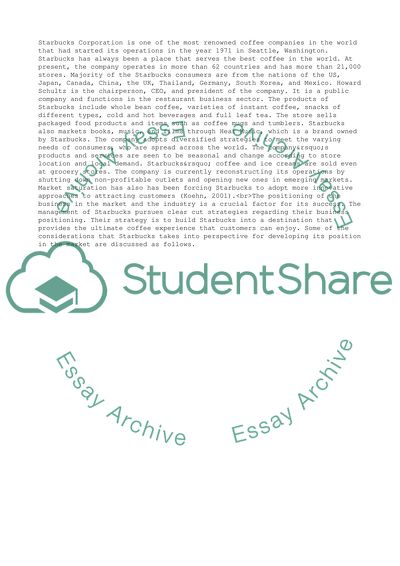Cite this document
(Strategic Management at Starbucks Case Study Example | Topics and Well Written Essays - 3183 words, n.d.)
Strategic Management at Starbucks Case Study Example | Topics and Well Written Essays - 3183 words. Retrieved from https://studentshare.org/management/1823626-strategic-management-starbucks
Strategic Management at Starbucks Case Study Example | Topics and Well Written Essays - 3183 words. Retrieved from https://studentshare.org/management/1823626-strategic-management-starbucks
(Strategic Management at Starbucks Case Study Example | Topics and Well Written Essays - 3183 Words)
Strategic Management at Starbucks Case Study Example | Topics and Well Written Essays - 3183 Words. https://studentshare.org/management/1823626-strategic-management-starbucks.
Strategic Management at Starbucks Case Study Example | Topics and Well Written Essays - 3183 Words. https://studentshare.org/management/1823626-strategic-management-starbucks.
“Strategic Management at Starbucks Case Study Example | Topics and Well Written Essays - 3183 Words”, n.d. https://studentshare.org/management/1823626-strategic-management-starbucks.


